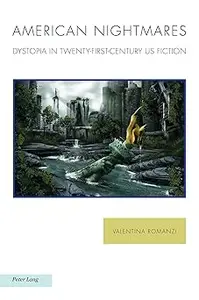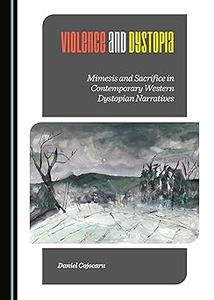
Free Download Valentina Romanzi, "American Nightmares: Dystopia in Twenty-First-Century US Fiction "
English | ISBN: 180079715X | 2022 | 304 pages | PDF | 6 MB
Valentina Romanzi’s study is a welcome addition to the body of scholarship on dystopia, utopia science fiction, and speculative fiction. It provides a comprehensive and updated review of the complex and rich debate on the question of genres and subgenres, while at the same time offering a fresh perspective. Eloquent and very well written, this volume reveals America’s fascination with catastrophic future scenarios, including the post-apocalyptic, delving into the issues that surround critical dystopia, progress, hope and fear. The close readings offer lucid, insightful interpretations of texts that range from SF literary ancestor, Mary Shelley’s Frankenstein to Margaret Atwood’s award winning The Testaments, sequel to the acclaimed The Handmaid’s Tale.


